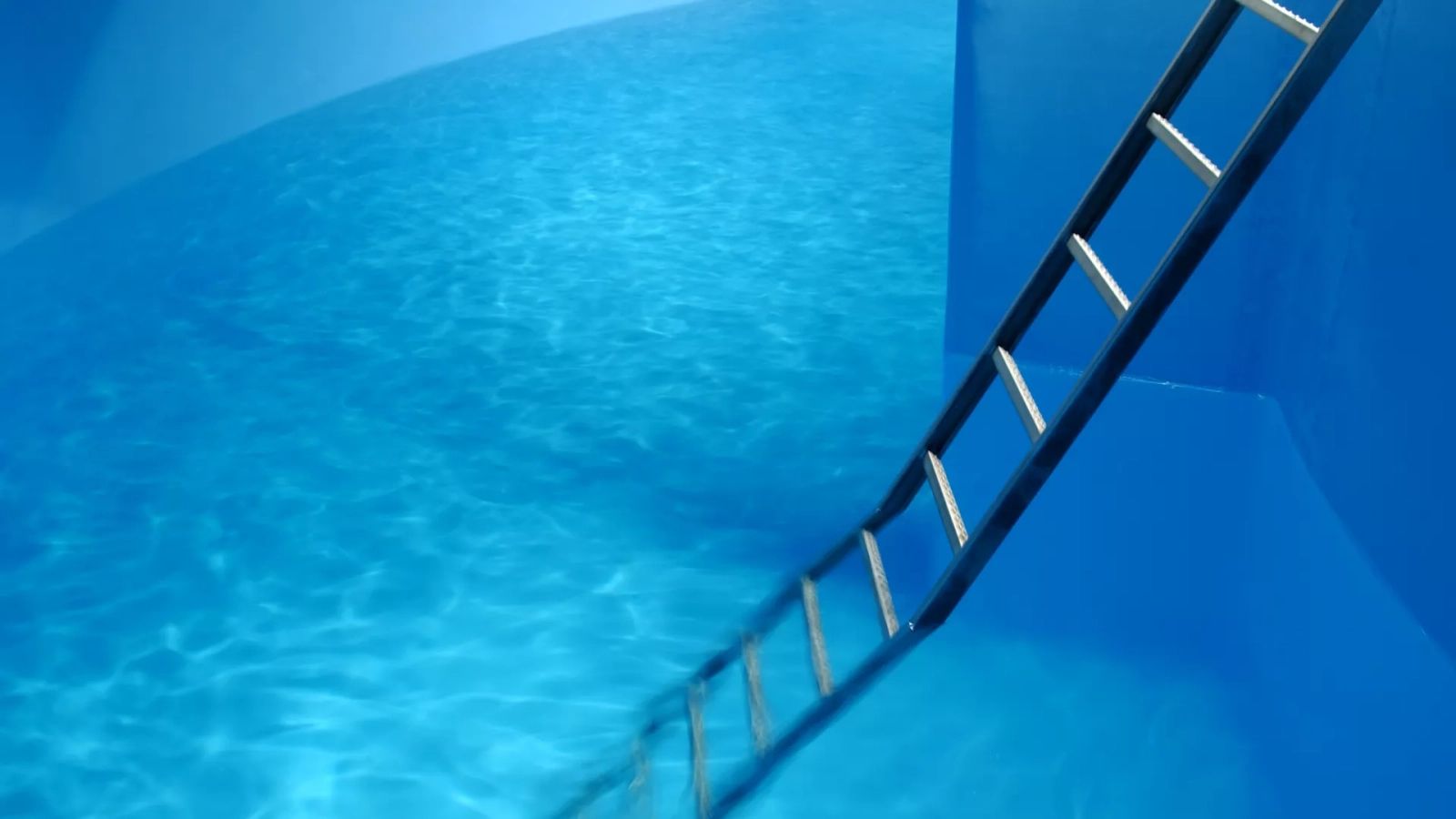The Shrinking Margin for Water Loss
Across drought-stricken hillsides of the southern prairies, Caribbean resorts in Vancouver, and sprawling farm belts in the Prairie Provinces, water-storage failures are no longer rare mishaps, they are operations-critical events. Aging concrete vaults leach chloride ions that rust rebar, steel bolted tanks develop seam leaks, and roll-on epoxies chalk or crack after a few freeze–thaw seasons. As regulators tighten leakage limits and insurers push “zero-loss” targets, asset owners are seeking lining systems that install quickly, seal permanently, and never compromise water quality. These pressures have placed spray-applied polyurea squarely at the center of the cistern conversation.
Polyurea Chemistry Meets Cistern Demands
Polyurea’s appeal begins at the molecular level. Two heated liquid components, an isocyanate and an amine-terminated resin, travel through separate fluid paths and atomize together only inside the spray gun’s mixing chamber. Reaction happens in milliseconds; the coating hits the wall as a gel and becomes tack-free in seconds. This hyper-fast polymerization produces a seamless elastomer whose elongation can exceed 300 %, yet whose tear strength rivals high-grade rubber. Just as important for cistern service, properly formulated polyurea is hydrolytically stable and can pass stringent potable-water extraction tests such as NSF/ANSI 61. For both concrete and steel substrates the coating functions as an impermeable, chemically inert bladder that flexes with settlement, vibration, or temperature swings instead of cracking like brittle epoxies or unzipping like welded membranes.
Performance Differentiators in the Field
Comparison tests tell a clear story. Where a two-part epoxy may require 12–48 hours before refilling, a polyurea-lined cistern often returns to service the same day, critical for rain-harvesting systems that must capture the next storm event or processing plants that cannot interrupt shift schedules. In hydrostatic pull-off experiments, polyurea routinely maintains strong adhesion even after countless freeze–thaw cycles, while flexible PVC liners show edge creep and blistering well before. Field crews report similar results: municipal utilities routinely document a significant reduction in annual liner maintenance hours after switching to spray polyurea, largely because inspectors could no longer find pinholes or joint failures. Lower life-cycle repair costs, along with the absence of seams where bacteria can colonize, give polyurea a compelling total-ownership advantage.
Market Momentum and Business Prospects
Across residential, agricultural, and industrial markets, demand for reliable cistern linings is expanding as owners grapple with drought‐driven regulations, aging infrastructure, and rising expectations for water stewardship. When authorities encourage rain harvesting, farms insulate themselves against erratic irrigation supply, or factories commit to closed-loop process water, each new tank or retrofit represents a fresh coating opportunity. Polyurea’s ability to go in fast, seal permanently, and keep maintenance costs predictable positions coating contractors to capture that work without radically retooling their businesses. Firms already familiar with plural-component spray equipment can add cistern liner projects with modest investment, while entrepreneurs see an approachable entry point into the protective-coatings industry, one where quality counts more than commoditized square-foot pricing.
Execution Essentials: From Prep to QC
Still, polyurea is not a spray-and-pray miracle. Moisture content below roughly 5 % in concrete, standardized cleanliness for steel, and appropriate substrate temperatures remain non-negotiable. Plural-component proportioners must maintain a balanced 1:1 volume ratio and component temperatures within a two-degree window to avoid off-ratio cure. Holiday detection with low-voltage wet sponge or high-voltage spark tests verifies continuity, while adhesion pull-tests confirm the bond before potable water certification. Manufacturer-led training pathways help new entrants master these details, and third-party inspector programs now include polyurea-specific modules, evidence that the technique is maturing into a mainstream standard rather than a niche specialty.
Looking Ahead: Polyurea’s Role in Water Resilience
Polyurea technology is evolving on several fronts that matter to cistern performance. Formulators continue to enhance UV-stability packages, helping aromatic systems resist chalking and color shift in partially translucent or open-top reservoirs. Advances in amine chemistry are lowering cure exotherm and broadening the application temperature window, allowing crews to work through wider seasonal swings. On the job-site side, incremental automation, from more intuitive proportioner controls to guided spray patterns, reduces operator error and promotes consistent film build. As these improvements reach the market, they reinforce polyurea’s core value proposition: a fast, durable, and food-safe barrier that helps water managers safeguard every stored gallon with confidence.

